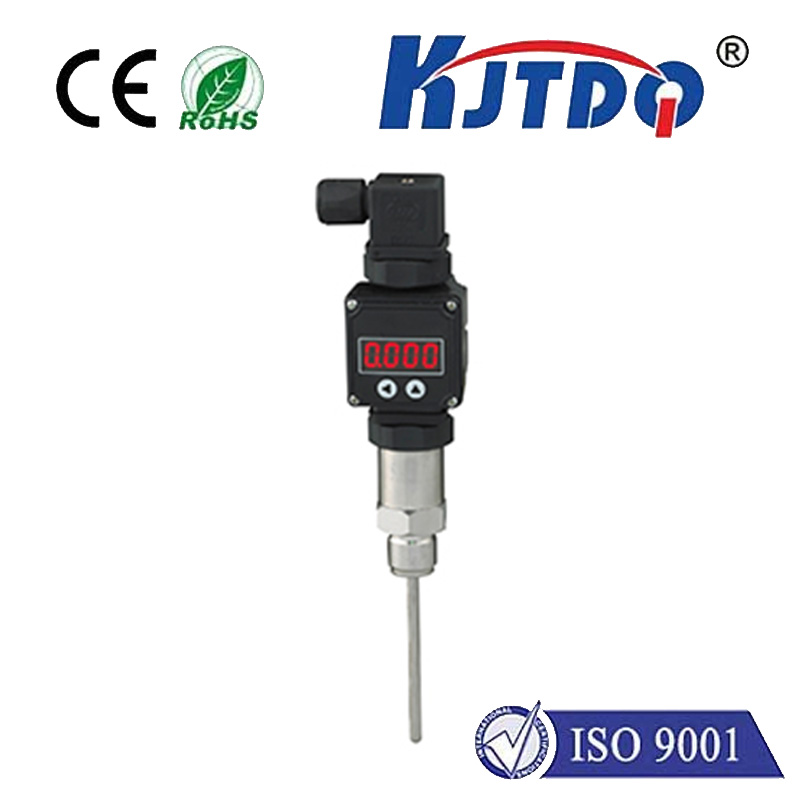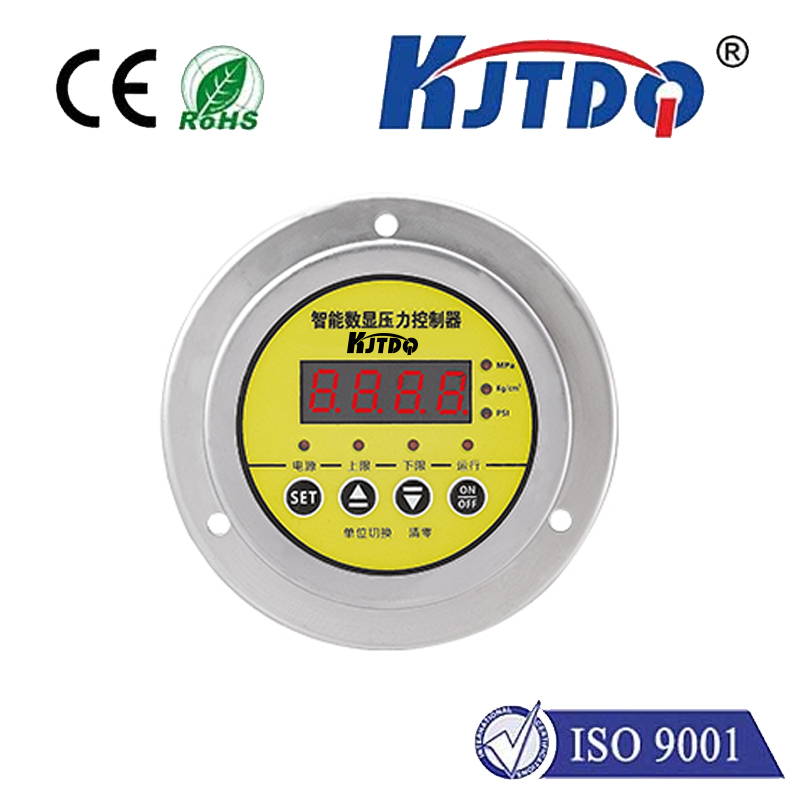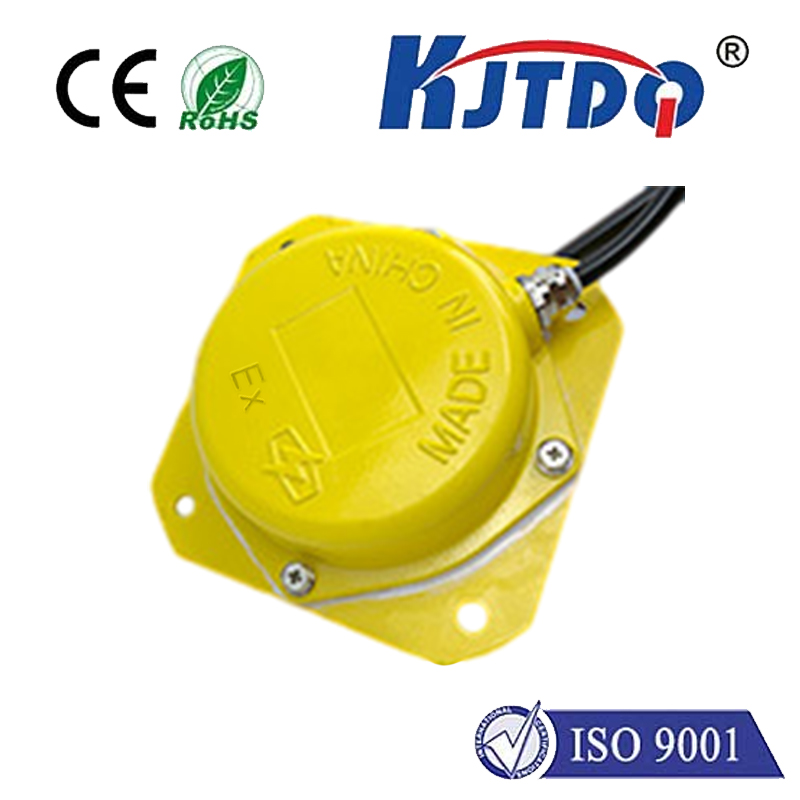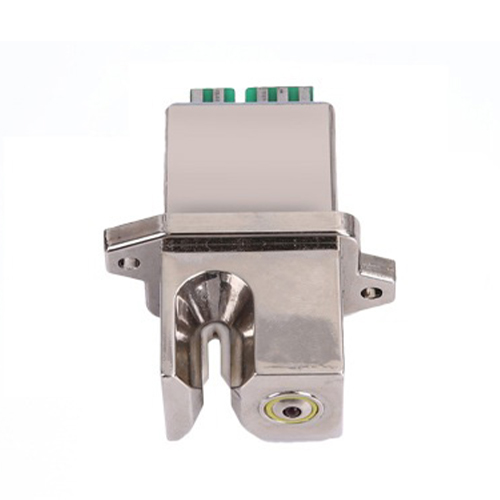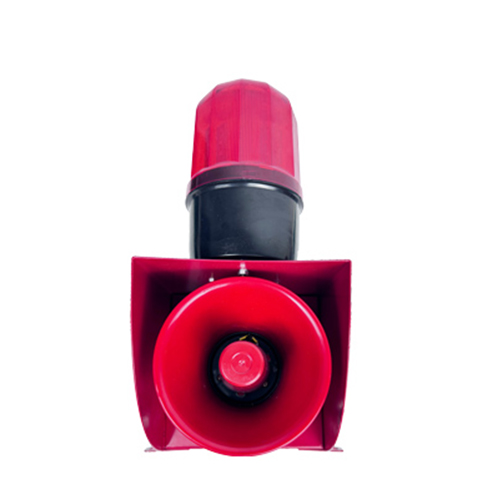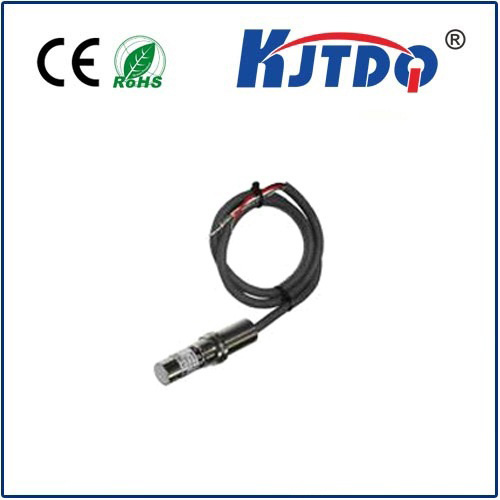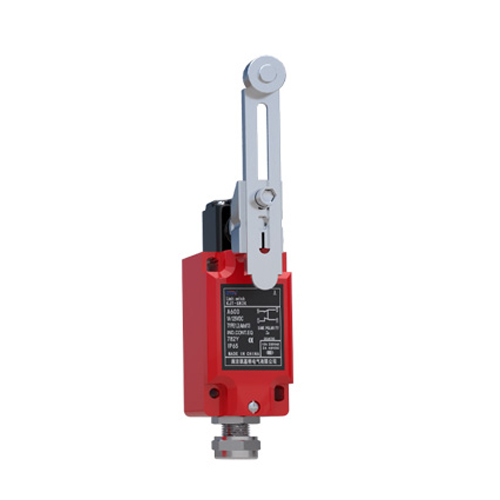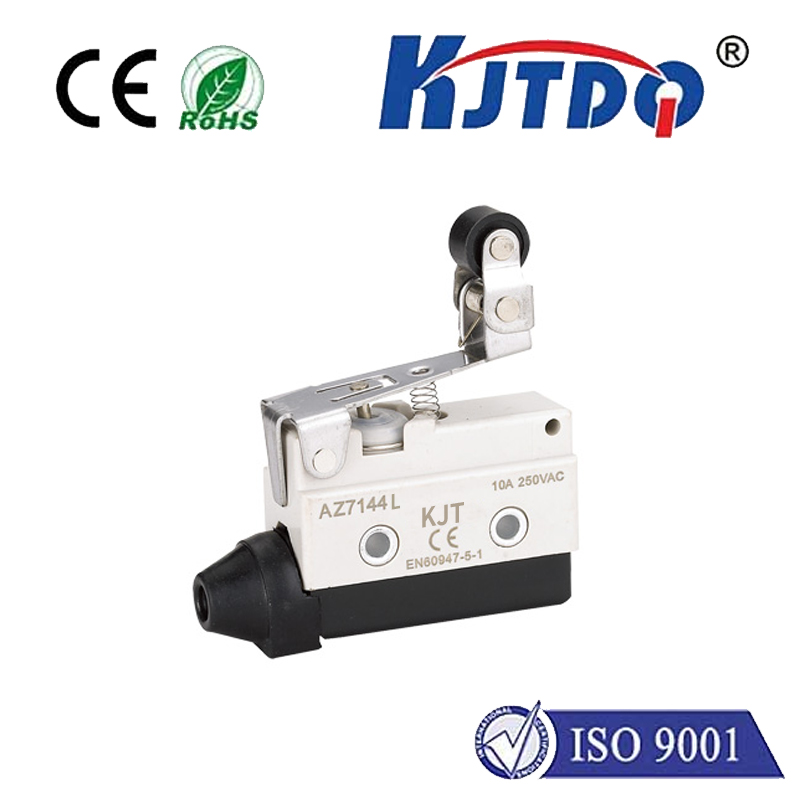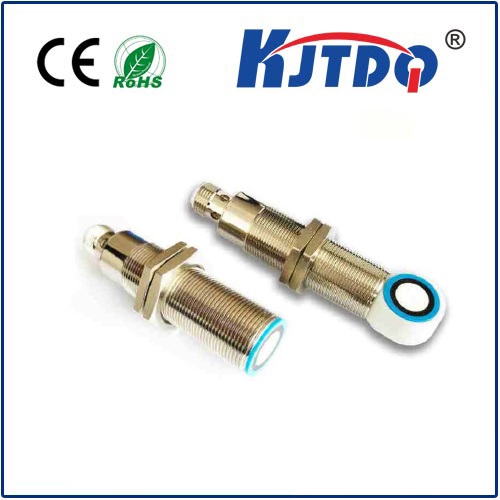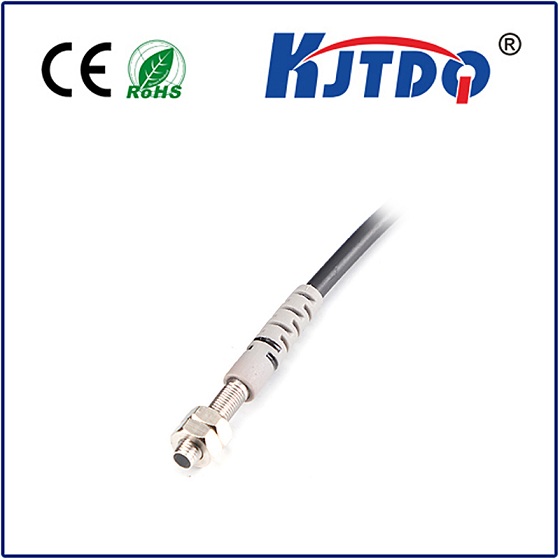

check

check

check

check
Title: Long Range Inductive Proximity Sensor: Revolutionizing the Way We Sense Distance
Long range inductive proximity sensor, commonly known as the LR-IP sensor, is a game-changing technology that has transformed the way we perceive distance. This innovative sensor works by utilizing the principles of inductive coupling to measure the distance between two metal objects. In this article, we will explore the working principle, applications, and future prospects of LR-IP sensors.
Part 1: The Working Principle of LR-IP Sensors
An LR-IP sensor consists of two metal plates separated by a thin insulating layer. When an electrical current is passed through the layers, it generates a magnetic field. The change in the magnetic field generated by one plate due to the presence or absence of another plate is proportional to the distance between them. This proportionality relationship can be quantified using mathematical formulas, which allow us to determine the distance accurately.
Part 2: Applications of LR-IP Sensors
The versatility of LR-IP sensors makes them suitable for a wide range of applications, from industrial automation and robotics to medical devices and consumer electronics. Some of the most prominent examples include:
1. Automobile industry: LR-IP sensors are used in various components of vehicles, such as engine control systems, braking systems, and collision avoidance systems, to detect distances and ensure safe driving.
2. Industrial automation: In factories and manufacturing facilities, LR-IP sensors help automate tasks related to material handling, packaging, and quality control. For instance, they can be used to detect the position of machines and predict when maintenance is required.
3. Medical devices: LR-IP sensors are employed in medical equipment like stents and pacemakers, which require accurate measurements of tissue resistance. They also play a crucial role in surgical robots, allowing surgeons to perform complex procedures with greater precision and safety.
4. Consumer electronics: LR-IP sensors are integrated into smart home devices like thermostats, lighting systems, and security systems to provide users with personalized experiences and optimize energy consumption.
Part 3: Future Prospects of LR-IP Sensors
As technology continues to advance, the potential applications of LR-IP sensors are expected to expand even further. Some of the exciting developments include:
1. Increased accuracy: With further improvements in materials science and design techniques, LR-IP sensors are likely to become more precise and reliable in measuring distances over longer ranges.
2. Compact size: As demand for smaller and more portable devices grows, researchers are exploring ways to make LR-IP sensors even smaller without compromising on performance. This could lead to new applications in wearable technology and other mobile devices.
3. Integration with other sensing technologies: LR-IP sensors can be combined with other sensing modalities like radar, optical imaging, and ultrasonic waves to form more sophisticated sensing systems capable of detecting a wider range of objects and environments.
Conclusion:
Long range inductive proximity sensors have revolutionized the way we sense distance by offering unprecedented accuracy and reliability at long ranges. Their diverse applications across industries have made them indispensable tools for modern society, and their potential for future growth only serves to reinforce their importance. As research continues to push the boundaries of what was once thought possible, we can expect LR-IP sensors to play an increasingly significant role in shaping our lives in countless ways.
